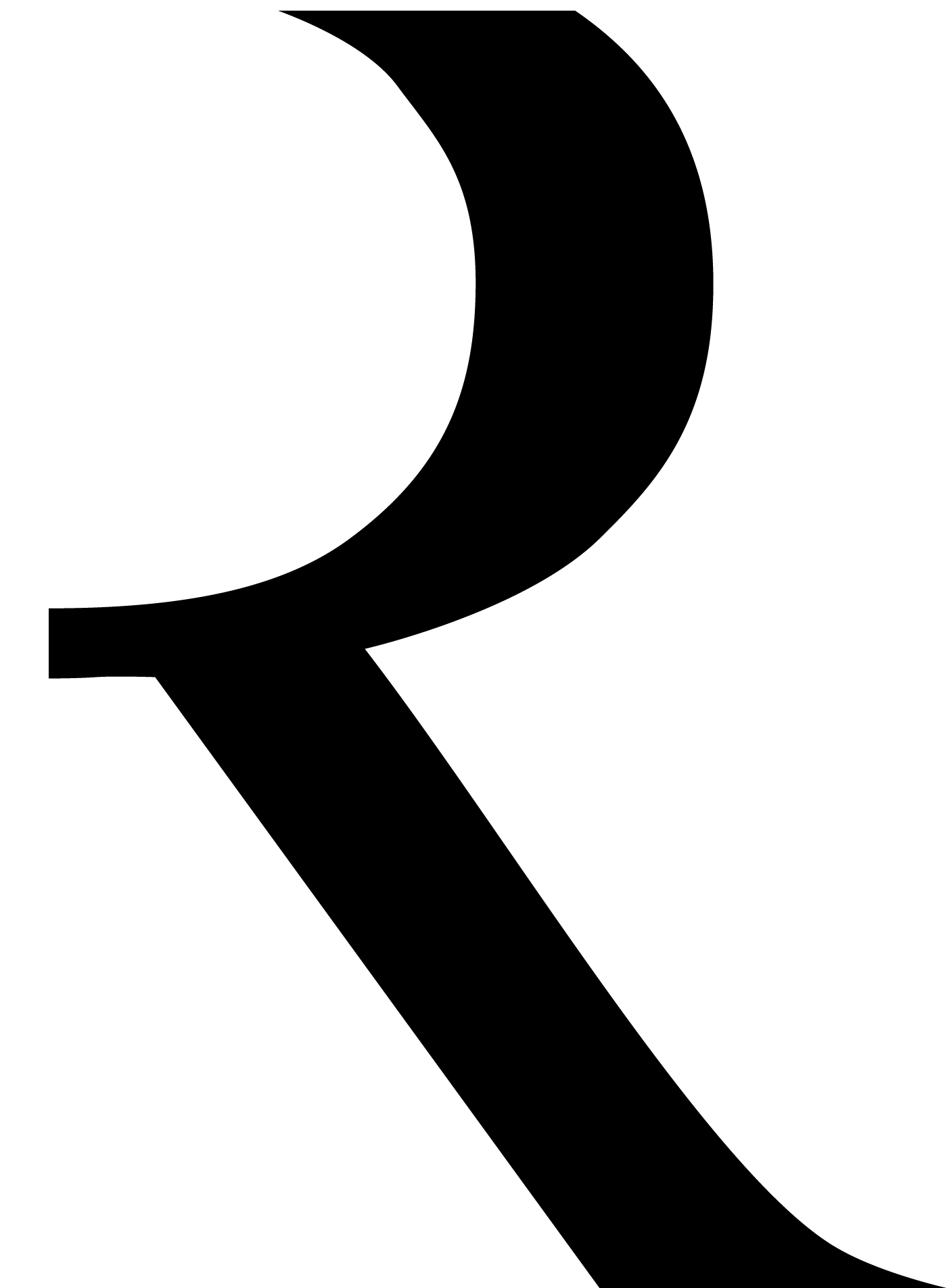Victor Vasarely
Victor Vasarely was born in Hungry in 1906 and moved to Paris in 1930. He Started out as a graphic designer but eventually moved on to produce work that is often considered the beginnings of Optical Art. He developed a particular style of geometric abstraction, and many of his works were rooted in the area of optical illusion. Vasarely worked in various materials but used a minimal number of forms and colors.
Vasarely was at the center of one of the most remarkable art movements in the 20th century. He moved abstract geometric painting into a new culmination under the name of "kineticism". In 1955 kinetic art started flourishing in Paris, and that same year Vasarely published his "Yellow Manifest", which dealt with "visual kinetics", in which he explained how the work of constructivism and Bauhaus is newly resumed in the nation of movement and space by visual kinetics.
The principle of optical illusion was first explored by Vasarely in black and white, but from 1960 color was added to his works. "Optical Art" first received great acclaim in 1965 with the exhibit in New York Museum of Modern Art called "Responsive Eye", during which Vasarely was named the inventor and create of "Op Art" by the press.

Victor Vasarely
Duodim, 1968, oil on canvas, 54" x 27.3"
